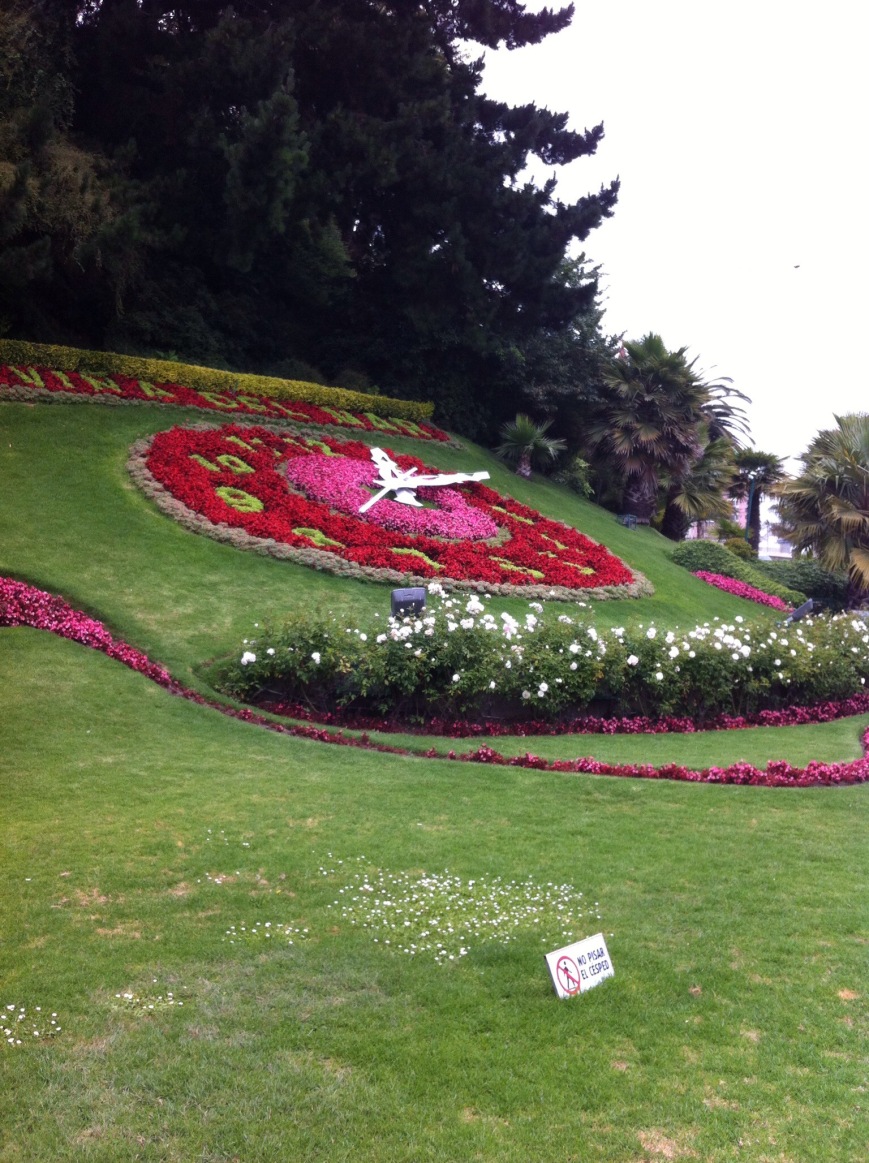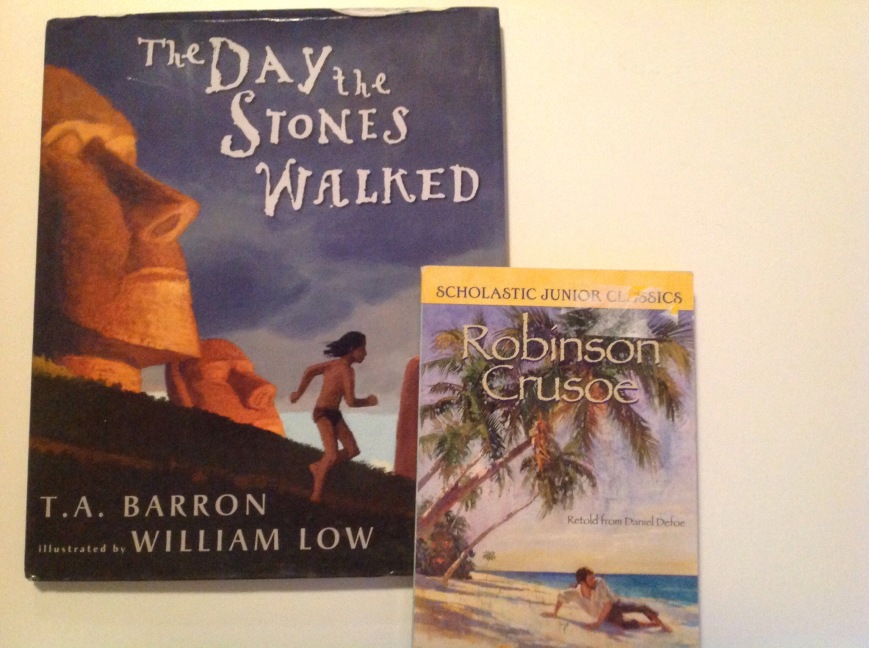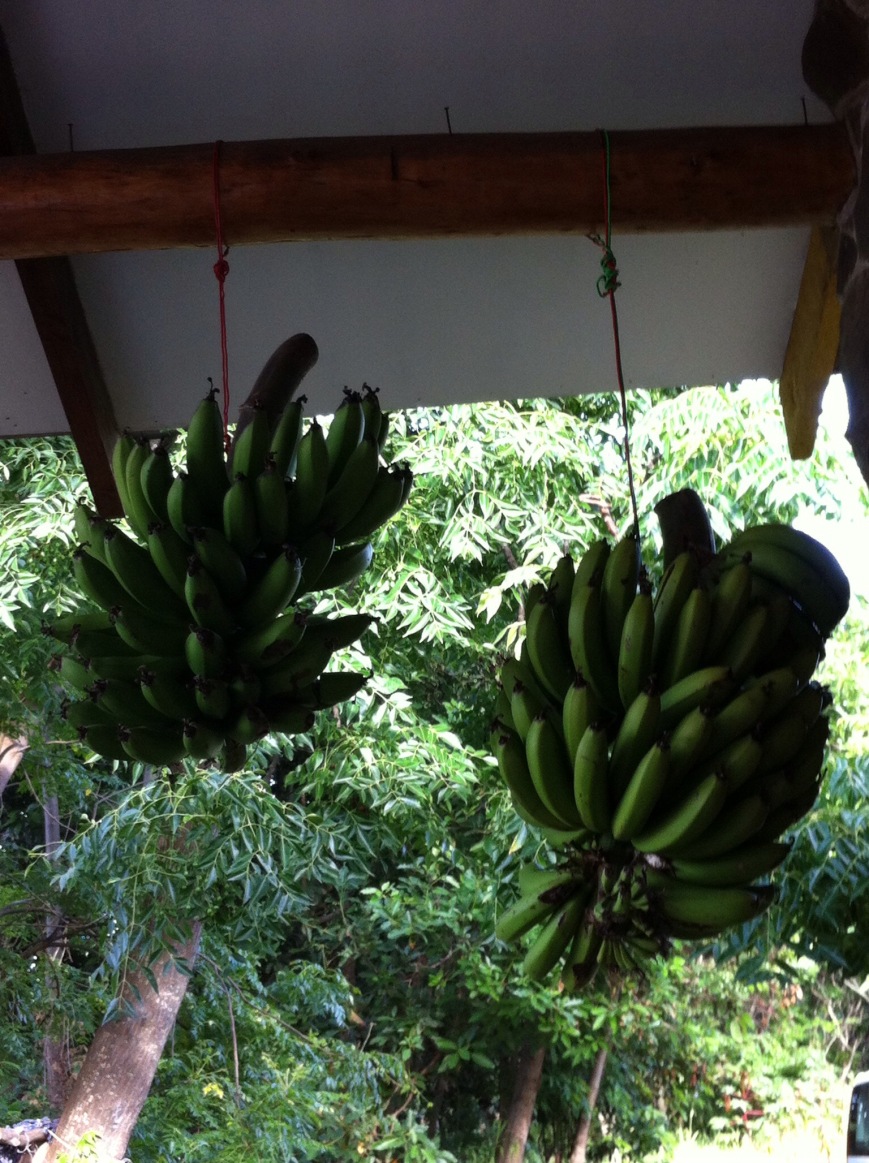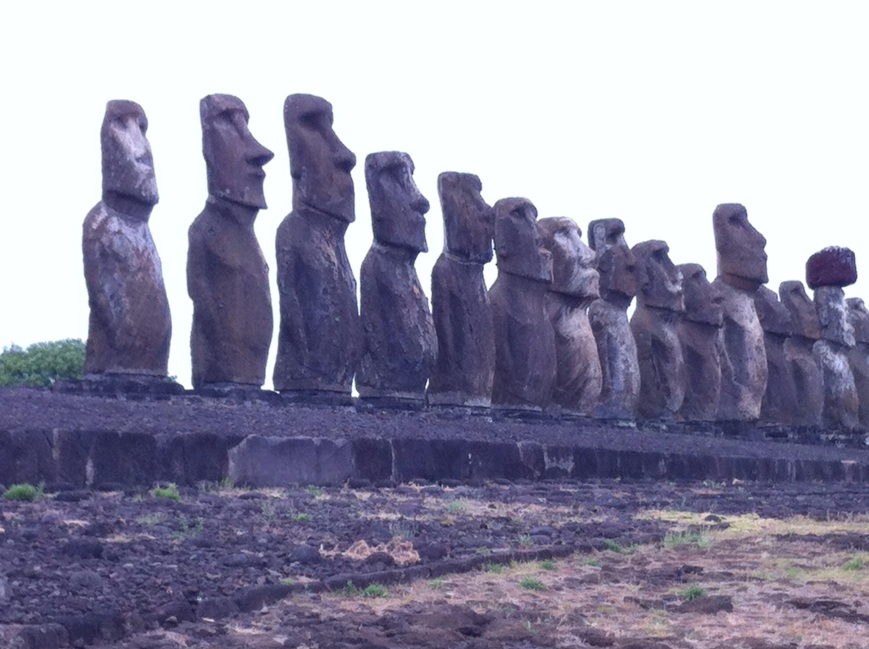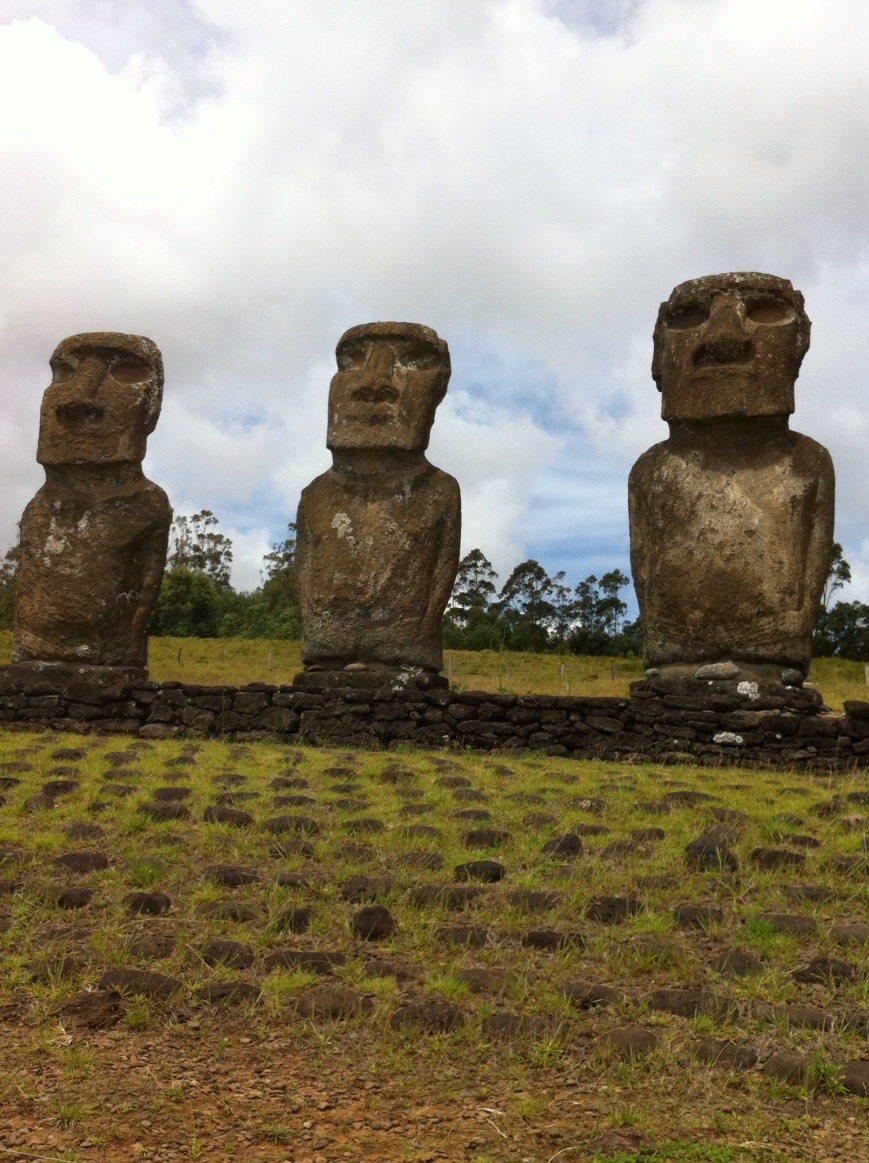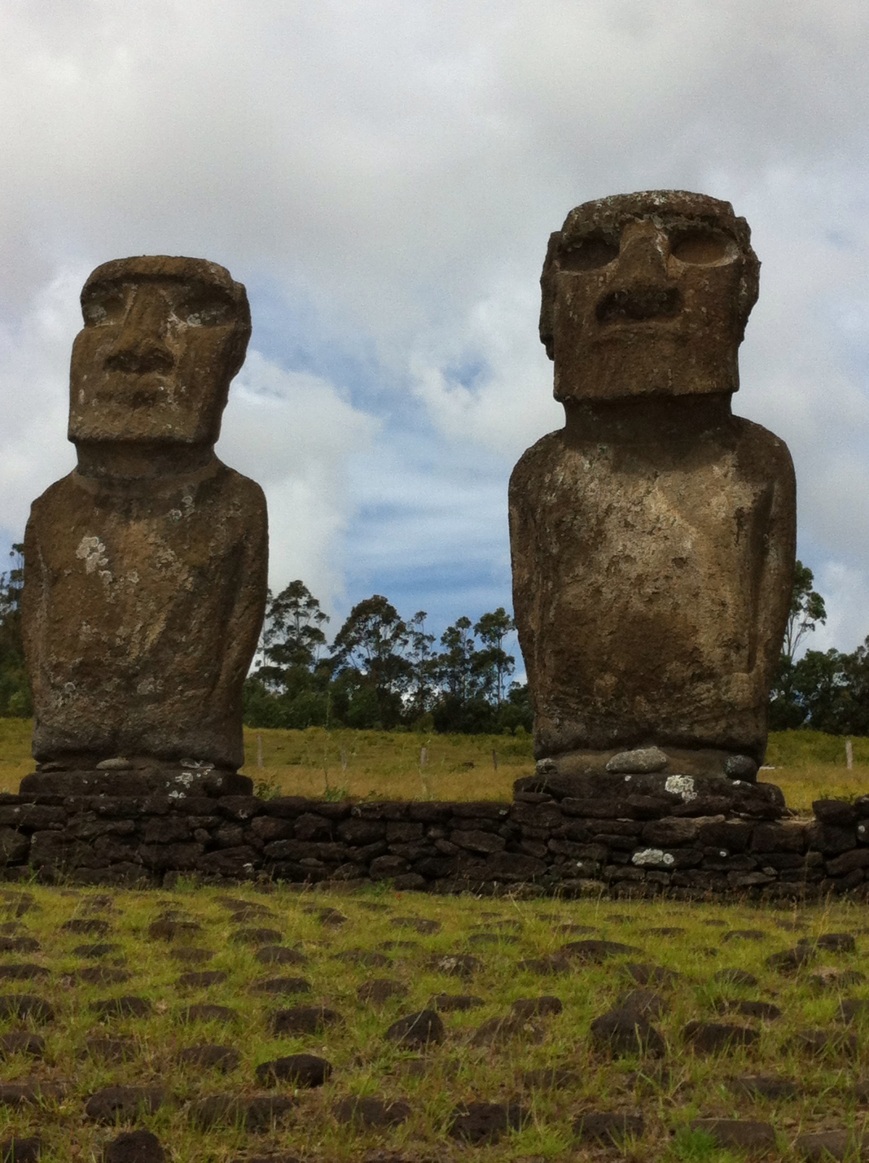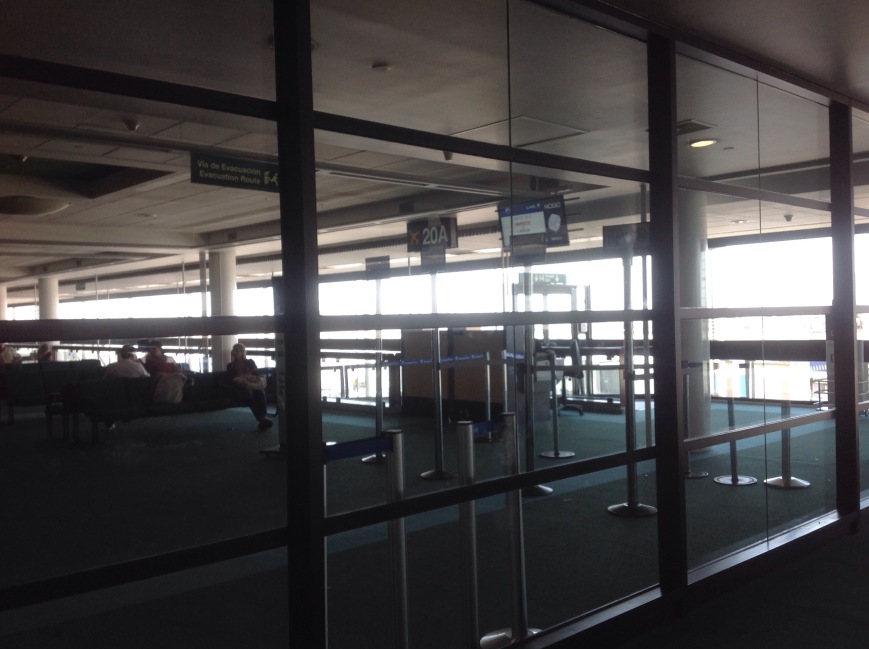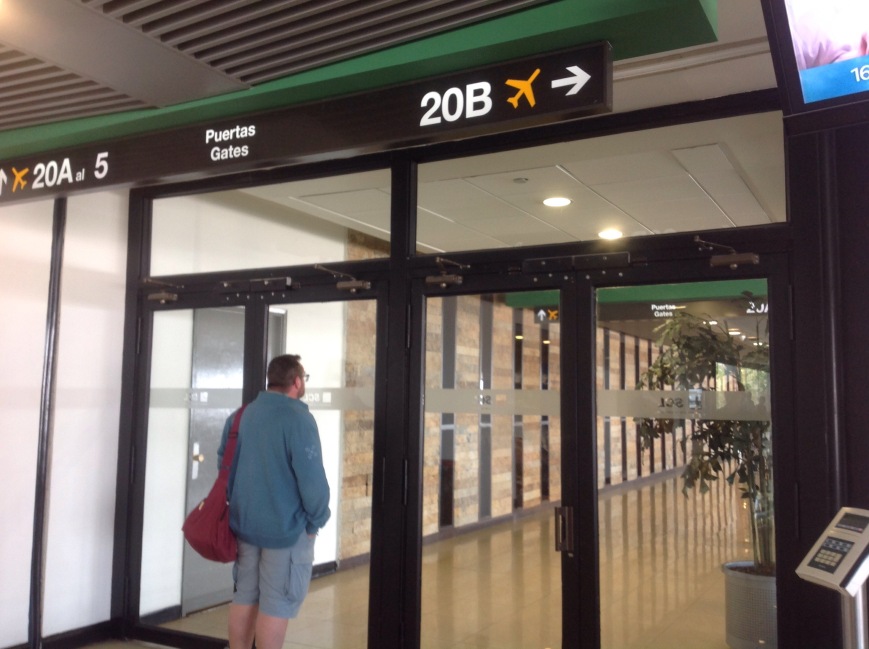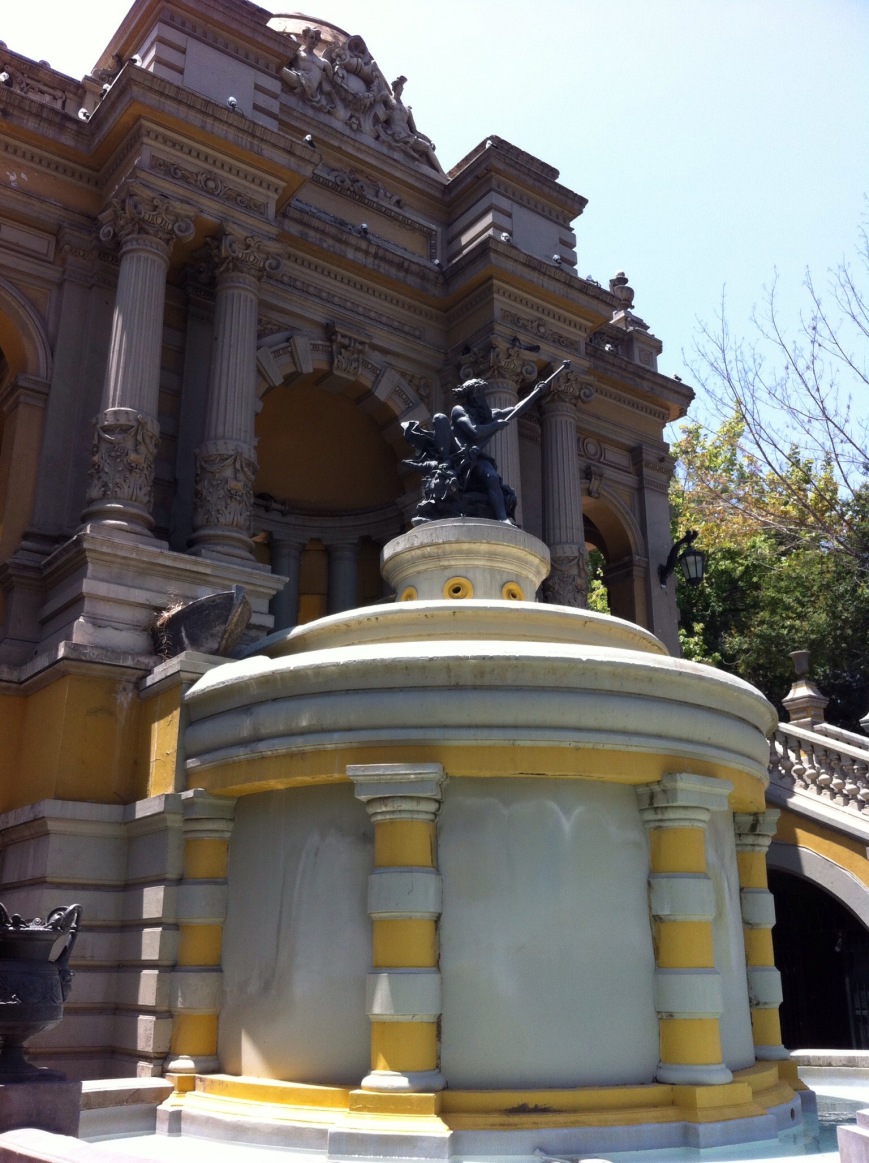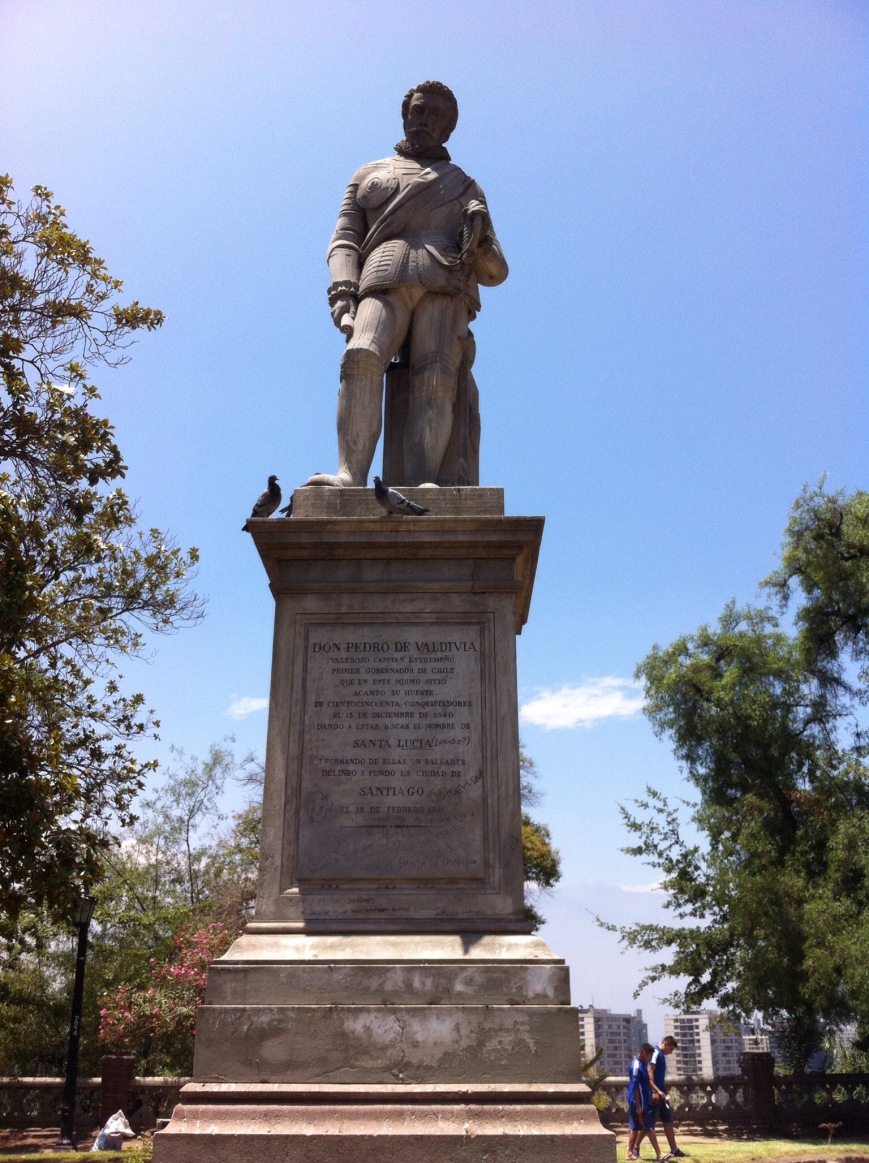Above Santiago is Cerro San Cristobal, a high hill, topped with a statue of Mary. A funicular, or inclined railway, takes visitors from the bottom to the top, making a stop at the zoo, halfway up. Joining a line of locals enjoying a family afternoon at the park, we purchased our tickets for the ride to the summit. When we entered the car, a plaque noted that this was the same car used by Pope John Paul II when he visited Santiago in the 1980s. A few minutes later, we disembarked at the church of the Immaculate Conception, guarding the walkway to the foot of the statue. The fog limited our view of the Andes, but we had a clear view of the city below. Pan pipes serenaded us as at the souvenir shops and cafe while we waited for our return journey down the rails.
Continuing to follow the local families, we spent the next day at Quinta Normal, a large park, just a few metro stops from the center of town. Home to several museums, including the newly renovated Natural History Museum of Chile, and the entertaining but dated Museo de science y technologia, the park was full of picnicking families out for a weekend afternoon. Boy jumped up and down with excitement upon noticing pedal boats on a small lake in the center of the park. Dad and Boy pedaled about the pond while I fed the ducks from the shore. Finishing up with ice cream, Boy pronounced it “a great day!”
Another family find on our Chilean stop was the MIM, Museo Interactive Mirador. In the Mirador suburb, a dozen metro stops from the center of town, the shiny new science museum filled an afternoon for Boy. He especially loved the construction area, where kids could use small versions of cranes, and other construction equipment.
Just outside our apartment was Parque Forestal. This large green space had several large playgrounds, and a terrific cafe at the end near the Bellas Artes museum. Overlooking one of the playgrounds, the two level cafe was decorated with antique toys. Their menu featured lunch items, coffee and beer for the parents, and incredible ice cream sundaes for the small people.
We made a few grown-up stops as well, checking out the Pablo Neruda museum in Valparaiso and a winery in Vina Del Mar. These intrigued Boy less, but more ice cream and the beach made it a tolerable day.
Our school work this week has been focused on Spanish language practice and review topics, as we try and finish up our Language Arts and math workbooks, before starting on our Rainforest and Inca studies next month. We also picked up a book in Australia, that we are working through this month: Once Upon A Slime, by the author of the 13 Storey Treehouse. This book for elementary school kids, with lots of cartoons, is about the writing process: how to get ideas for stories, and how to make a writers notebook to help you improve your writing. Boy is a reluctant writer, but loves the 13 Storey Treehouse books, so this has been a fun find.
The funicular at Cerro San Cristobal
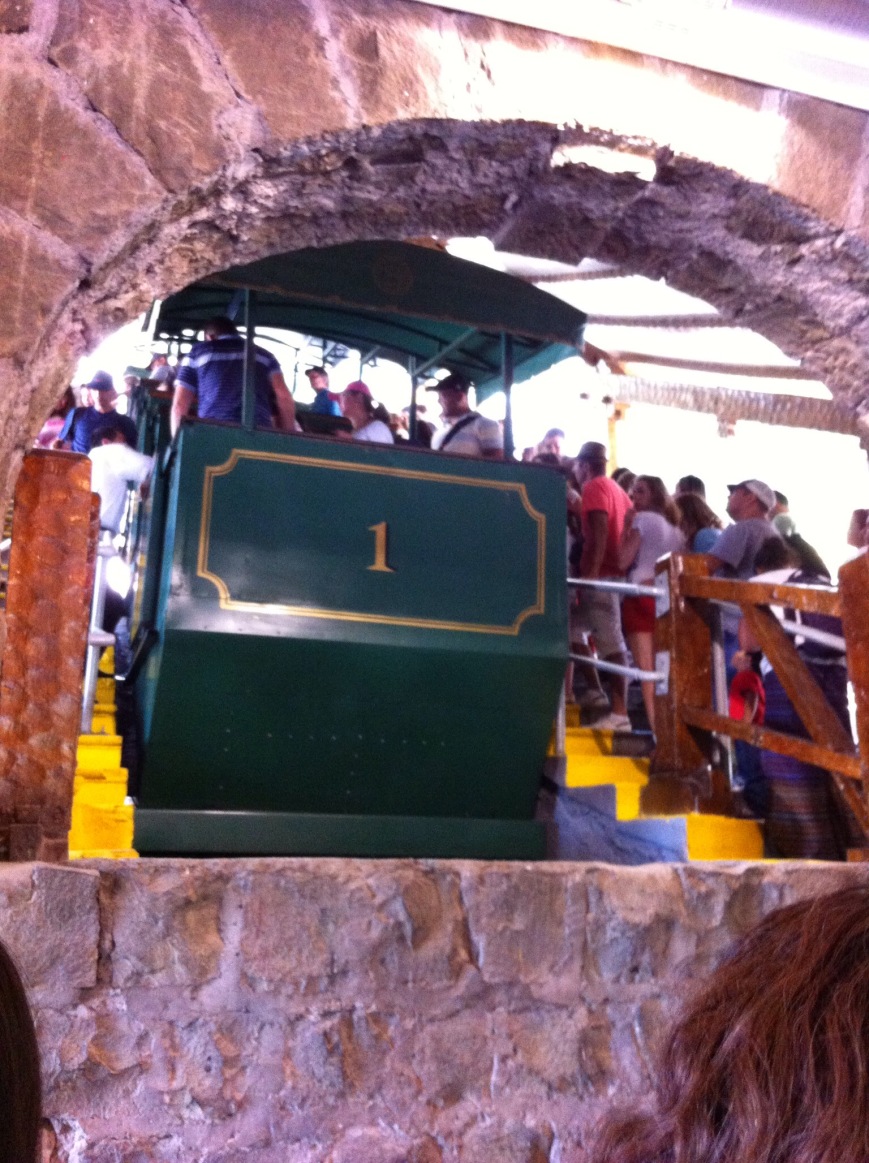
Top of Cerro San Cristobal
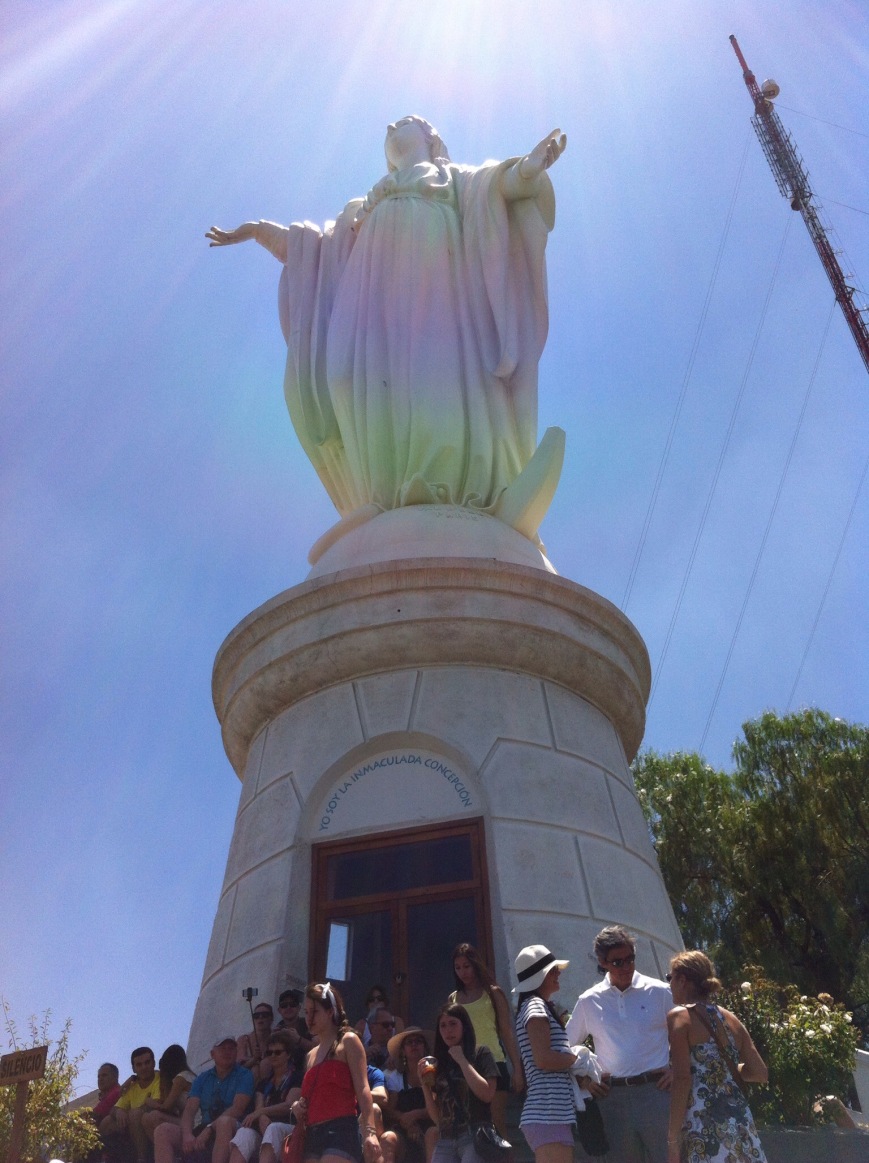
The Natural History Museum at Quinta Normal
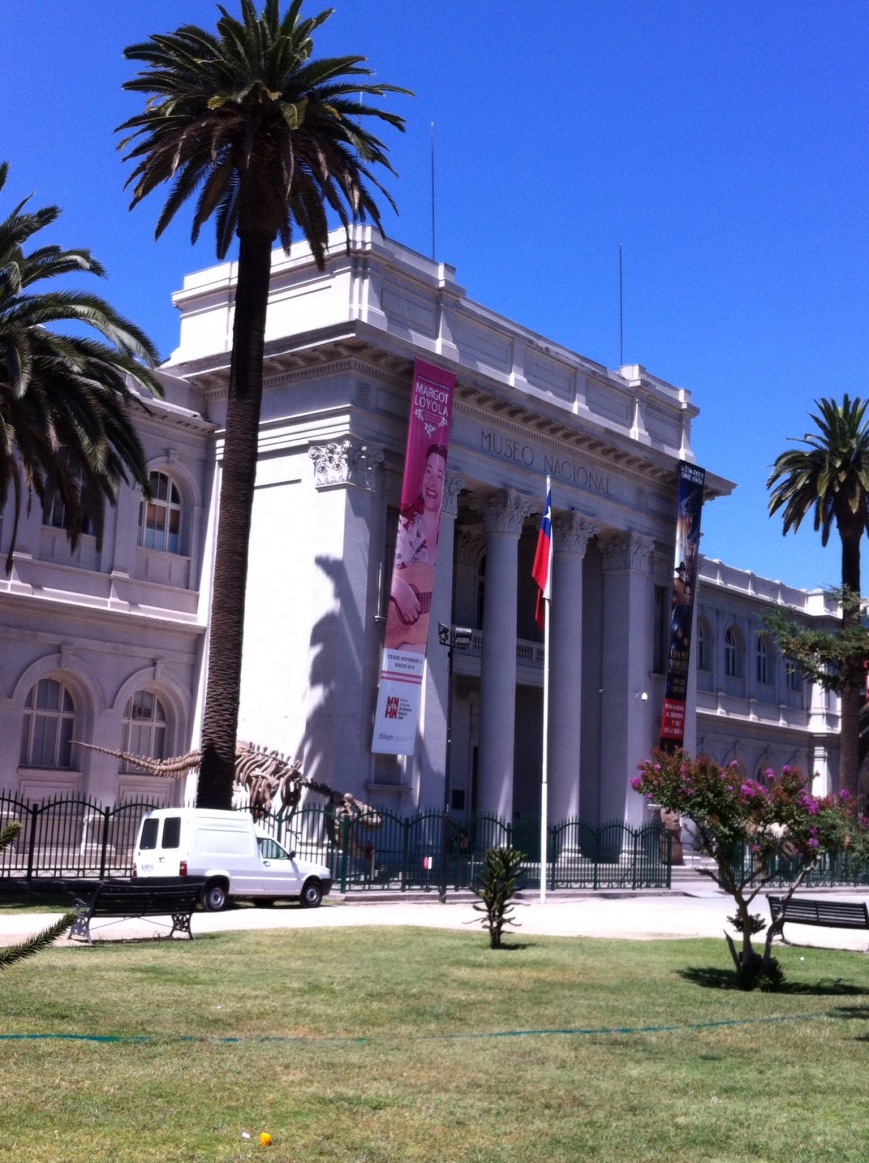
The vineyards
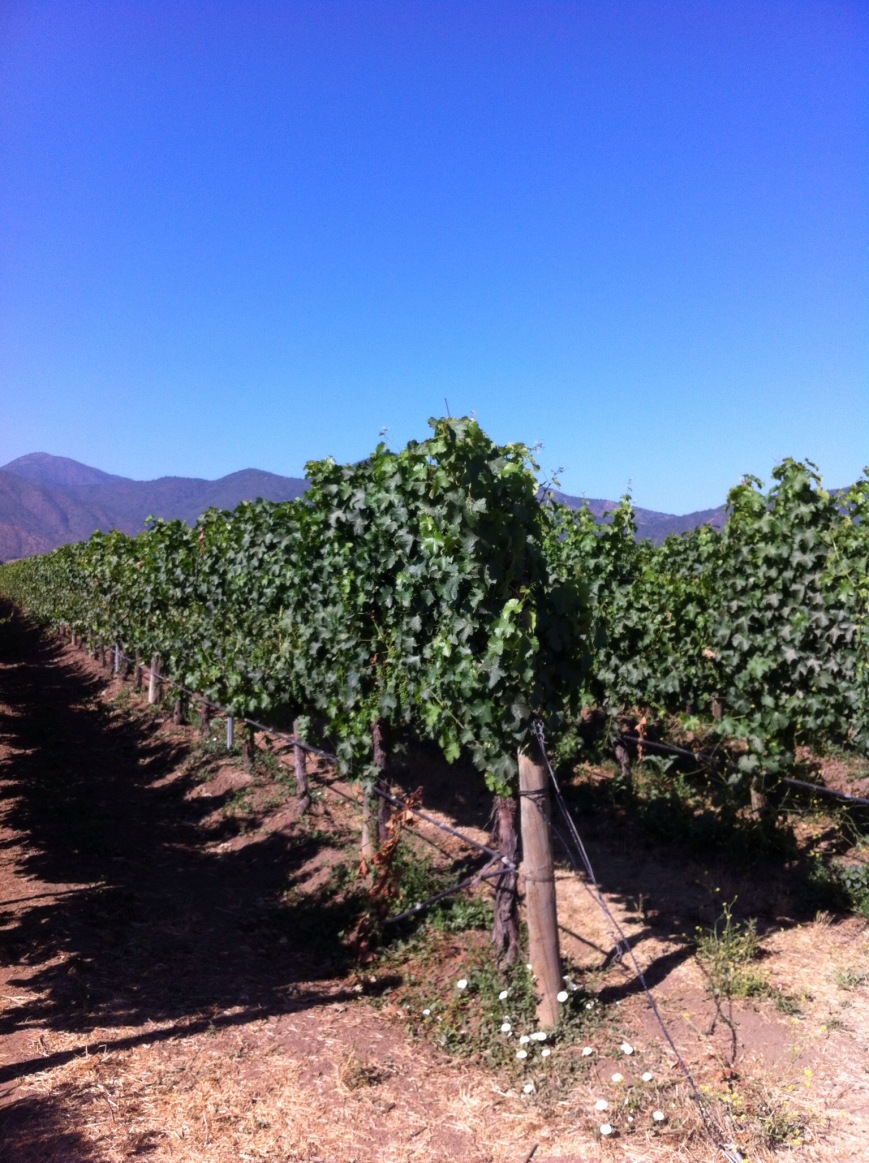
The Flower Clock at Vina Del Mar
